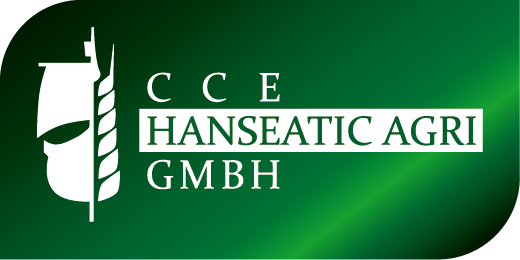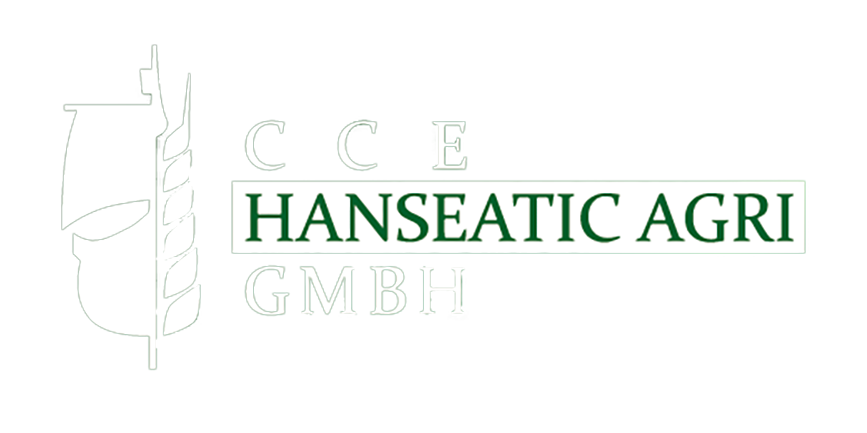Pet Food Quality
Food Safety in Pet Food Production
Food safety in pet food involves far more than just preventing pathogen outbreaks like Salmonella; it encompasses a comprehensive approach to risk management throughout the entire production and supply chain.
By dedicating significant resources to pet food production, manufacturers ensure each product is safe, nutritious, and high-quality. An effective food safety program addresses microbial risks that can compromise pet health and public safety, including the potential for human contact with pet food.
Managing Inherent Safety & Quality Risks
- Implementing Good Manufacturing Practices (GMPs) and Hazard Analysis and Critical Control Points (HACCP) programs.
- Providing ongoing employee training on quality, food safety, and hygiene practices.
- Developing consistent testing procedures for all finished products.
- Maintaining a sterile and controlled production and packaging environment.
- Sourcing premium raw materials from reputable suppliers and performing rigorous supplier audits.
Adhering to these steps helps mitigate risks of contamination and recalls, maintaining the high standards of safety and quality expected in the industry. Understanding and controlling microbial challenges in raw materials is also essential to preserving pet foods‘ freshness, shelf life, and appeal.
Protecting Your Quality and Investment
Food safety in pet food production extends beyond mere pathogen control, such as combating Salmonella; it involves a systematic approach to mitigating risks throughout the supply chain.
By channeling substantial resources into the creation of pet food, manufacturers commit to delivering products that are safe, nutritious, and of exceptional quality.
Effective food safety programs target microbial risks that can affect both pet health and public safety due to the potential for human contact with pet food. This comprehensive strategy is fundamental to maintaining trust and integrity within the pet food industry.
In-depth Management of Safety and Quality Risks
Pet food manufacturers must implement rigorous safety and quality management practices to protect pets and their owners. These include:
- Good Manufacturing Practices (GMPs) and Hazard Analysis and Critical Control Points (HACCP) programs: These foundational practices help identify critical areas in the production process where risks can be effectively managed or eliminated.
- Ongoing employee training: Regular and updated training sessions on food safety, quality assurance, and hygiene help maintain high standards and prevent contamination.
- Consistent testing of finished products: Regular testing ensures that every batch of pet food meets strict safety standards before it reaches the consumer.
- Maintaining sterile production environments: A clean and controlled production and packaging environment prevents contamination and ensures the quality of the pet food.
- Sourcing from reputable suppliers: It is crucial to use high-quality raw materials. Conduct thorough audits and maintain strong supplier relationships to ensure these materials meet safety standards.
These measures help mitigate the risk of contamination and recalls and uphold the quality and safety standards expected by consumers and regulatory bodies. Additionally, understanding and managing microbial challenges in raw materials is vital to preserving pet foods’ freshness, shelf life, and palatability.
Protecting Quality and Investment
The journey to ensure the safety and quality of pet food is fraught with challenges. These challenges stem from variability in raw materials, intricate supply chains, and diverse product formats and processes, all of which can lead to oxidative deterioration and microbial contamination of ingredients and finished products.
While antioxidants are used to improve shelf life and minimize the impact of oxidation on taste, they do not combat microbial threats. Consequently, a balanced approach that manages microbial risks is crucial for maintaining product integrity.
Impact of Microbes on Ingredients and Pet Food
The battle against microbial contamination begins at the earliest stages of raw material processing. For example, when animals are processed for proteins and fats, conditions such as high moisture levels, the presence of native bacteria and enzymes, and elevated temperatures can promote rapid microbial growth. This growth can have several detrimental effects:
- Hydrolysis of fats: This process increases the levels of free fatty acids, reducing the food’s palatability and accelerating oxidation.
- Protein breakdown: Protease enzymes break down proteins into peptides and amino acids, which can further degrade into biogenic amines. High levels of these amines can adversely affect taste and pose health risks.
Addressing these issues from the start is crucial to minimizing their impact later in the production process. This ensures the pet food remains safe, fresh, and of the highest quality.
Strategic Measures to Enhance Food Safety
An effective food safety plan begins with addressing microbial concerns as early as possible in the production process.
This early intervention helps manage the downstream effects on the food’s freshness, safety, and quality, effectively protecting both the product and the brand’s reputation. By focusing on comprehensive microbial management, manufacturers can consistently produce pet food that is safe, nutritious, and appealing to pets.
Understanding and Implementing Food Safety Standards
Food safety standards are critical in guiding the production processes in the pet food industry. These standards ensure that all products meet specific safety and quality criteria before marketing. The implementation of such standards involves several key activities:
- Regular reviews and updates of food safety protocols: Keeping protocols up-to-date with the latest scientific research and regulatory requirements ensures that manufacturing practices remain effective and compliant.
- Adoption of new technologies: Innovations in food processing and preservation can significantly enhance the ability to control hazards throughout production.
- Engagement with regulatory bodies: Ongoing communication and cooperation with food safety regulators help manufacturers avoid potential regulatory changes and ensure compliance.
Challenges and Opportunities in Pet Food Safety
The pet food industry faces several challenges in ensuring food safety, including the globalization of supply chains and the increasing complexity of ingredients and formulations. These challenges, however, present opportunities for innovation and improvement in safety practices:
- Global supply chain management: With ingredients sourced worldwide, manufacturers must implement stringent quality control measures to maintain safety and quality across their supply chains.
- Consumer expectations: As pet owners become more knowledgeable about pet food ingredients and their impacts, manufacturers must adopt higher standards and more transparent practices.
- Technological advancements: The development of new preservation techniques and diagnostic tools offers new ways to enhance food safety and quality, ensuring pet foods remain safe and nutritious over longer periods.
Conclusion
Ensuring the safety and quality of pet food is an ongoing process that requires attention to detail, proactive management, and a commitment to excellence.
Manufacturers can successfully protect both their products and their consumers by implementing thorough safety protocols, engaging with suppliers and regulators, and continually updating practices based on the latest research.
This commitment not only ensures the health and well-being of pets but also enhances the trust and loyalty of their owners.














